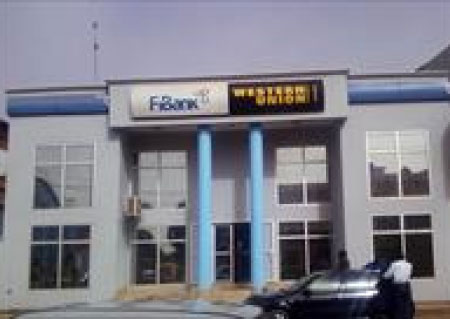
Few days ago, the general public, especially the banking community and precisely FiBank clients, were taken aback when a theft of more than D2 million was reported in the newspapers.
After trying our level best to get more facts from the bank’s officials, and the authorities concerned, we were only able to gather that the incident is still being investigated as some bank staff are currently helping the police in unearthing the fact of the matter.
However a lot of concerned people in the country have raised this issue with us and have expressed fears as to the ramifications of such developments or happenings.
While as outsiders we cannot give a clear picture of, or tell exactly what went wrong about the situation, since we are yet to be privy to the full information or facts, but as journalists, learners, researchers and educators, we can authoritatively say such happenings in the banking industry are tantamount to bank distress a factor of which is poor management.
The missing millions at the FiBank Serrekunda branch being investigated by the police and the bank’s management has added to the bank’s afflictions over the past three years.
In 2010, FiBank published a long list of bad debtors owing the bank tens of millions of dalasis.
In some cases, the bank, like other financial intermediaries in the country, had to drag its bad debtors to court to settle huge sums of money owed to it. Many banks in the country are suffering from this situation of having huge debts owed to them that are unlikely to be paid, which gives rise to banks losing millions of dalasis in profits.
Bad loans, recurring financial losses, poor management, etc, lead to bank distress. A bank is considered to be in distress when its capital is either impaired, when it has recurring liquidity problems and/or losses, or when its management is weak. This situation creates serious liquidity problems in the banking and financial system of a country.
The experience of Continent Bank in the recent past is a case in point. And in the 1980s The Gambia saw the emergence of four distressed banks three of which went through liquidation and the fourth one was privatised in 1991.
These were the General Merchant Financial Institution (GMFI), the International Bank of
However to give a vivid example of the situation we are trying to avoid, let’s take the case of the Agricultural Development Bank (ADB), which was government-owned and was established to provide credit to small-scale farmers in the country.
The fact of this bank’s distress was that it experienced managerial and loan recovery problems, which greatly affected its viability. Consequently, the government decided to close it down and appointed the Central Bank of The Gambia (CBG) to manage the liquidation process in 1986.
Although the cases of bank distress in The Gambia were induced by a number of factors, weak management and poor loan schemes were cited as the most crucial factors.
However, this is not to say FiBank is in any way a distressed entity. In fact FiBank has proven to be a strong bank that can weather the storms of the Gambian banking industry. Signs of its strength that can let its customers go to bed and sleep well are that it still maintains substantial reserves of which 80% is kept with the Central Bank of The Gambia. It also maintains 30% of its liabilities to the public as liquid assets, as required by the CBG.
Both the required reserves and the liquid assets ratios are early warning signs that often alert monetary authorities on the financial viability of supervised banks. So it can safely be said that FiBank is still in good stead.
However, it is said a word for the wise is quite sufficient.
For any comments, suggestions or information please call 0022 4497441, 7678709 or better stll send an email to thepoint13@yahoo.com
Read Other Articles In Article (Archive)




